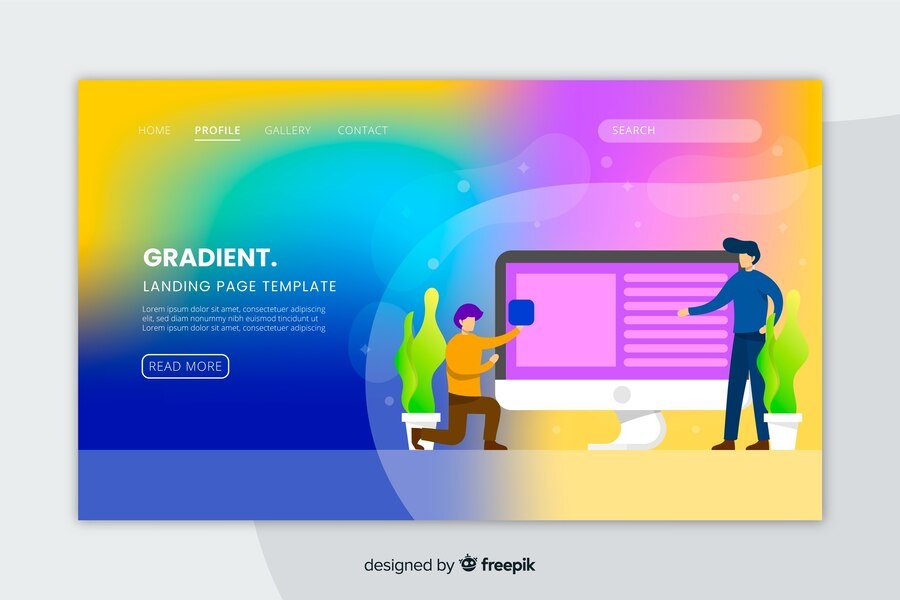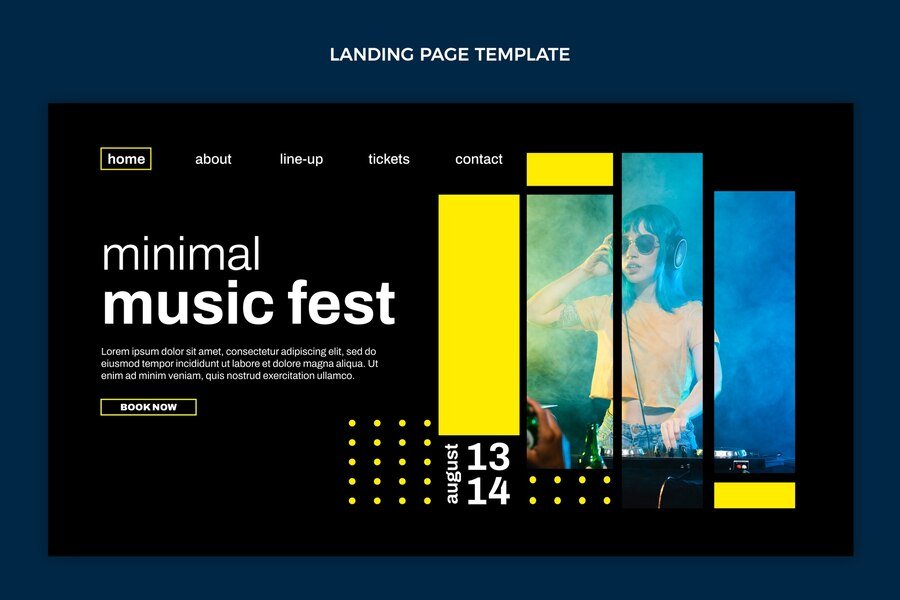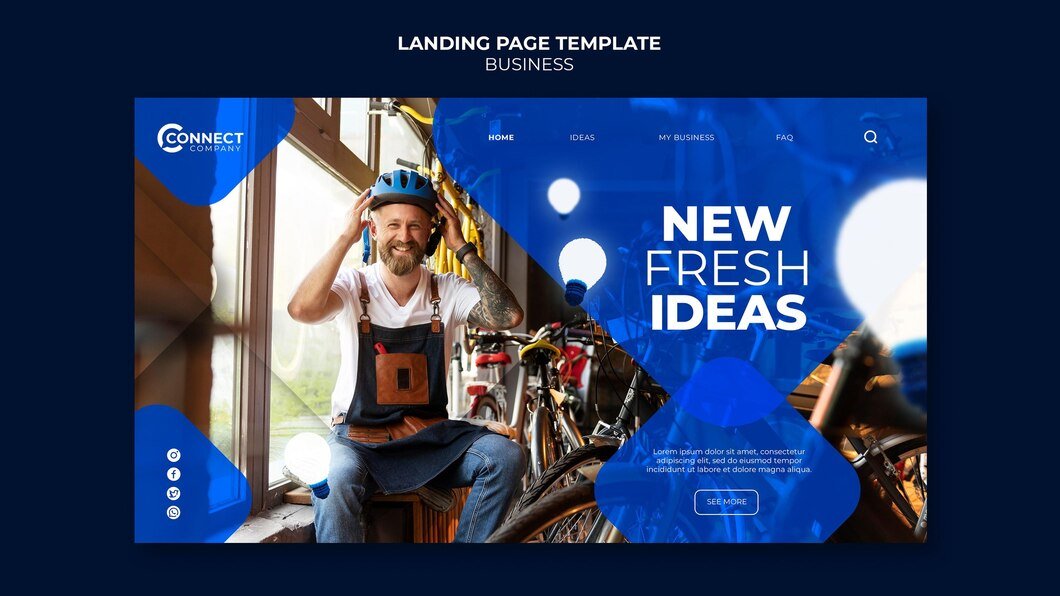Introduction
In today’s digital age, a compelling online presence is crucial for businesses aiming to attract and retain customers. Your website serves as the virtual storefront of your brand, making it essential to not only attract visitors but also keep them engaged. Here are three effective strategies to enhance your website’s engagement and create a memorable user experience.
Understanding Website Engagement
Before delving into specific strategies, it’s essential to grasp the concept of website engagement. Engagement refers to the level of interaction visitors have with your website and its content. It goes beyond mere page views, encompassing actions such as clicks, shares, comments, and time spent on each page. Higher engagement indicates that visitors find your website valuable and are more likely to convert into customers or return visitors.
Optimizing User Experience (UX)
User Experience (UX) plays a pivotal role in determining website engagement. A seamless and intuitive UX design ensures that visitors can navigate your site effortlessly and find the information they need without frustration.
Responsive Design
One of the fundamental aspects of UX design is responsive design. With the increasing use of mobile devices, your website must adapt seamlessly to different screen sizes and resolutions. A responsive design not only improves user experience by eliminating horizontal scrolling and resizing issues but also enhances SEO as Google prioritizes mobile-friendly websites in search results.
To implement responsive design effectively, consider using frameworks like Bootstrap or Foundation that offer pre-designed responsive layouts. Regularly test your website across various devices and browsers to ensure consistent performance.
Fast Loading Times
In today’s fast-paced digital environment, loading speed significantly impacts user experience and engagement. Studies show that a one-second delay in page load time can lead to a significant drop in conversions and user satisfaction.
To optimize loading times, minimize HTTP requests by combining CSS and JavaScript files, optimize images for the web, and leverage browser caching. Tools like Google PageSpeed Insights and GTmetrix provide actionable insights and suggestions for improving your website’s loading speed.
Compelling Visual Content
Visual content has a profound impact on user engagement as it captures attention and conveys information more effectively than text alone.
High-Quality Images and Videos
Integrating high-quality images and videos into your website not only enhances its aesthetic appeal but also engages visitors on a deeper level. Use professional photographs of your products, services, or team members to create a visually appealing environment. For videos, ensure they are relevant, informative, and optimized for quick loading.
Tools like Canva and Adobe Spark allow even those without graphic design skills to create stunning visuals for their websites.
Infographics and Data Visualizations
Infographics and data visualizations are powerful tools for presenting complex information in a visually appealing and easy-to-understand format. They are particularly effective for illustrating statistics, trends, or processes related to your industry. Use tools like Piktochart or Venngage to design compelling infographics that resonate with your audience.
Interactive Elements and Call-to-Actions (CTAs)
To further enhance user engagement, incorporate interactive elements and effective call-to-actions (CTAs) throughout your website.
Surveys and Polls
Surveys and polls encourage user interaction by inviting visitors to share their opinions or feedback. They not only provide valuable insights into customer preferences but also make visitors feel valued and engaged. Platforms like SurveyMonkey or Google Forms make it easy to create and embed surveys into your website.
Implementing Effective CTAs
Call-to-actions (CTAs) prompt visitors to take specific actions, such as signing up for a newsletter, booking a consultation, or making a purchase. To create compelling CTAs, use action-oriented language, create a sense of urgency (e.g., “Limited time offer”), and place them strategically throughout your website.
Conclusion
In conclusion, enhancing your website’s engagement involves optimizing user experience through responsive design and fast loading times, integrating compelling visual content like images, videos, and infographics, and incorporating interactive elements and effective CTAs. By focusing on these strategies, you can create a dynamic and engaging online presence that attracts and retains visitors, ultimately leading to increased conversions and business growth.













